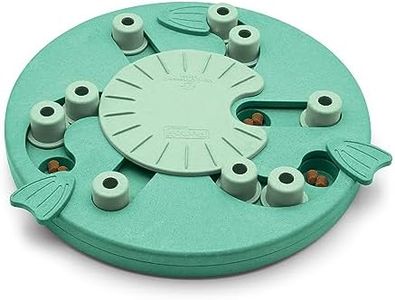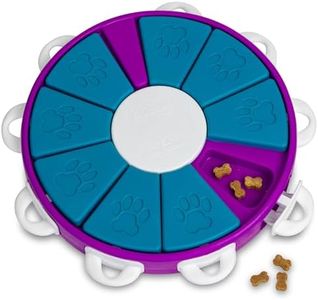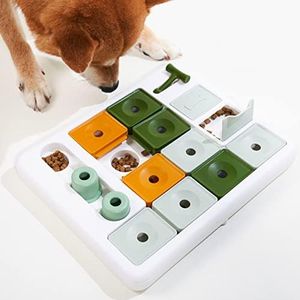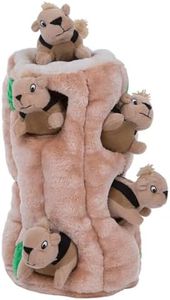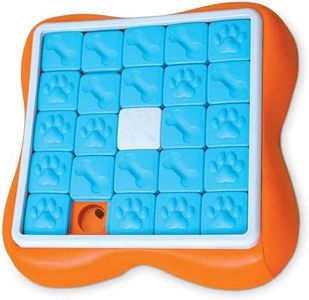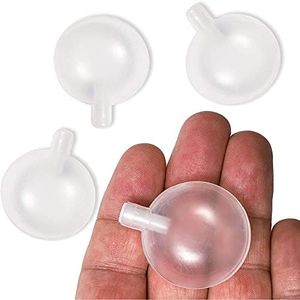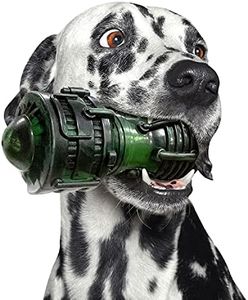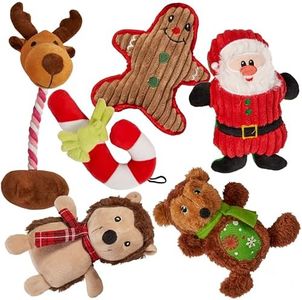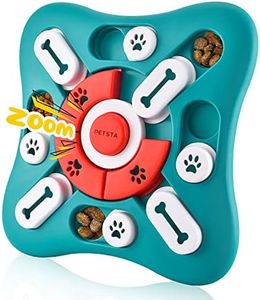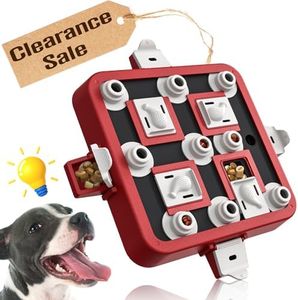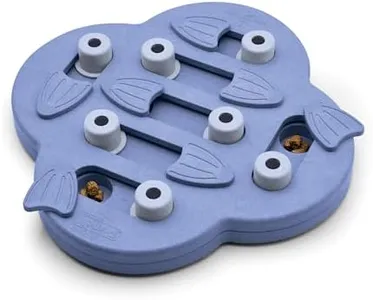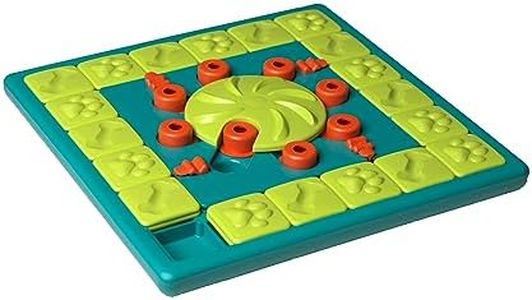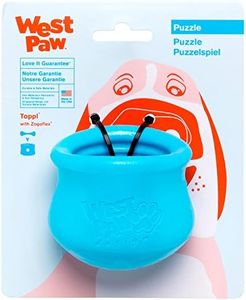10 Best Toy Puzzles For Dogs 2025 in the United States
Our technology thoroughly searches through the online shopping world, reviewing hundreds of sites. We then process and analyze this information, updating in real-time to bring you the latest top-rated products. This way, you always get the best and most current options available.

Our Top Picks
Winner
Outward Hound Nina Ottosson Dog Worker Dog Puzzle Interactive Treat Puzzle Dog Enrichment Dog Toy, Level 3 Advanced, Green
Most important from
78224 reviews
The Outward Hound by Nina Ottosson Dog Worker Treat Puzzle Enrichment Toy is designed for dogs who need an advanced challenge. This Level 3 puzzle requires dogs to perform different actions like swiveling flippers, spinning wheels, and scooting blocks to find hidden treats. It's an excellent way to keep your dog mentally stimulated, which can help reduce anxiety and redirect unwanted behaviors like barking, chewing, and digging.
The puzzle holds up to 1/4 cup of dog food and can also be used to slow down mealtime for speedy eaters. However, it is made of plastic and requires hand washing, which might be less durable and harder to clean compared to other materials. It is recommended to supervise your dog during play to prevent any possible damage or choking hazards.
The toy is suitable for dogs of all sizes and life stages. At 14 inches across and weighing 2 pounds, it may be a bit bulky for smaller living spaces.
Most important from
78224 reviews
Buying Guide for the Best Toy Puzzles For Dogs
Choosing the right toy puzzle for your dog can be a fun and rewarding experience. Toy puzzles are designed to stimulate your dog's mind, keep them entertained, and help with their cognitive development. When selecting a toy puzzle, it's important to consider your dog's size, breed, age, and personality. Here are some key specifications to help you make the best choice for your furry friend.FAQ
Most Popular Categories Right Now


